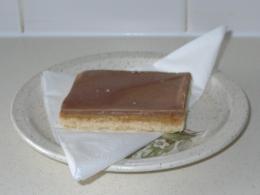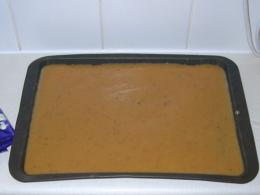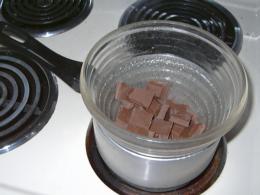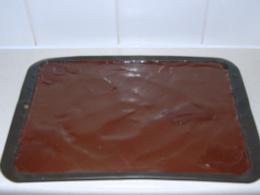

This section concentrates on the Channel 4 series "The Secret Life of..." with Tim Hunkin and his ever suffering assistant Rex Garrod - who seems to get lumbered with all the dangerous stuff.
If you're not sure why those names sound familiar, Tim also had a cartoon series of 'do-it-yourself' experiments in a leading UK newspaper and now mainly occupies himself building interactive displays for museums.
Rex was one of the team members on the BBC's Robot Wars with his extremely successful robot 'Cassius'.
Since the "Secret Life of..." series videos are primarily targetted at educational use, they were always quite hard to find. After much searching, and a nice letter to Channel 4 I got a set from the now defunct Team Video in London which seem to be PAL/VHS dumps of the broadcast tapes as they include the lead in timeclock which would have been replaced on air by the channel ident and continuity announcer.
There are 9 videos in the series, each containing two programs. In June 2021 they were cleaned up and put on YouTube with an extra commentary from Tim at the end:
Complete sound sample
Every time I look around for "The Muppet Show" music for the original 1980's show, I always find they're bits missing. To avoid disappointment you can download them in full from the following links, with thanks to Dan Maloney for digitising them:
"The Muppet Show" Opening titles (A zipped 44.1kHz WAV file, 50 secs duration) 1.9MB
"The Muppet Show" Closing titles (A zipped 44.1kHz WAV file, 40 secs duration) 1.6MB
You might also want to look at the official Jim Henson's Muppets website by following the link on my links page.
Though unlikely to make you millions of pounds, they're still quite fun to make - the following recipe is enough for 20 pieces which despite the four stage process required is still worth it for the outcome.
| 1. Making the base
You will need:
Put the ball straight onto a large (12x9") baking tray and flatten out to the 4 corners. Cook the shortbread on gas mark 4 for 25-30 minutes until brown, and leave to cool completely. | 
|

| 2. Adding the caramel
You will need:
Continue to heat while simultaneously stirring with a metal spoon, be sure to stir in a figure of eight rather than just round and round as this will lead to a very burnt pan! When the mixture comes to a boil reduce to a low heat just enough to sustain the bubbling. Keep stirring the molten lava like mixture until it starts to change colour from cream to fudge colour. Pour the caramel layer on top of the shortbread and leave to cool in the fridge. |
| 3. Melting the chocolate topping
You will need:
Break the chocolate into small pieces to make melting faster and more even, the butter (optional) makes it easier to spread out later. Take care not to 'cook' the chocolate to the point where it separates and goes dark and slimey, the consistency should just be like a tin of light brown paint. Swiftly transfer the bowl of hot chocolate and pour over the chilled caramel layer, spreading evenly with a palette knife. | 
|

| 4. Consumption
You will need:
Remove from the tray. |
Implemented at 12.5MHz (using only a clk period constraint)
